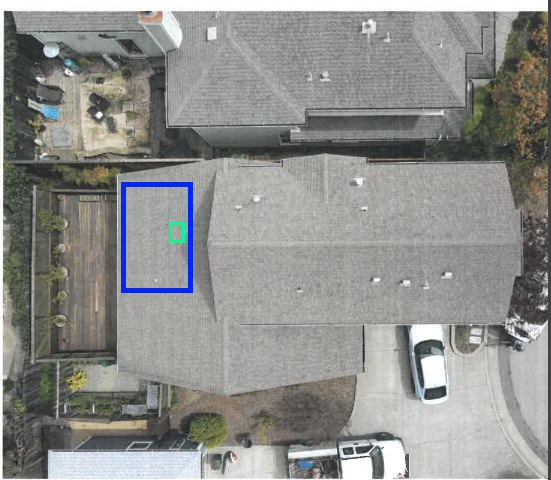I am new to the US and my wife and I are currently thinking about remodeling the 35-ish year old kitchen of the small house we purchased. Part of that remodel is replacing, if possible, the existing downdraft ventilation behind the stove with a range hood + proper exhaust vent.
The kitchen is on the first floor and right above it is the roof sloping downwards / attic space. The cooktop and range hood are (very roughly) in this place:
..and per code we can't really vent 'sidewards' (in the picture quasi upwards) because the houses are probably too close to each other and going downwards (again, per picture direction) might be a bit.. far.
So I think just vertically straight up would make (to me) the most sense, but here comes the question: what sort of contractor does that sort of retrofit? I mean I could in theory drill a hole in the kitchen ceiling and get some rigid ducting and ask a roofer to add a roof vent hood right above.. but after looking a bit around here / googling etc.. I know that's all sorts of wrong.. but what's the trade that DOES do such a work correctly?
All ductwork installers and hvac/plumbing contractors I called so far said they don't do kitchen ducting, so I'd be grateful for any suggestions.



